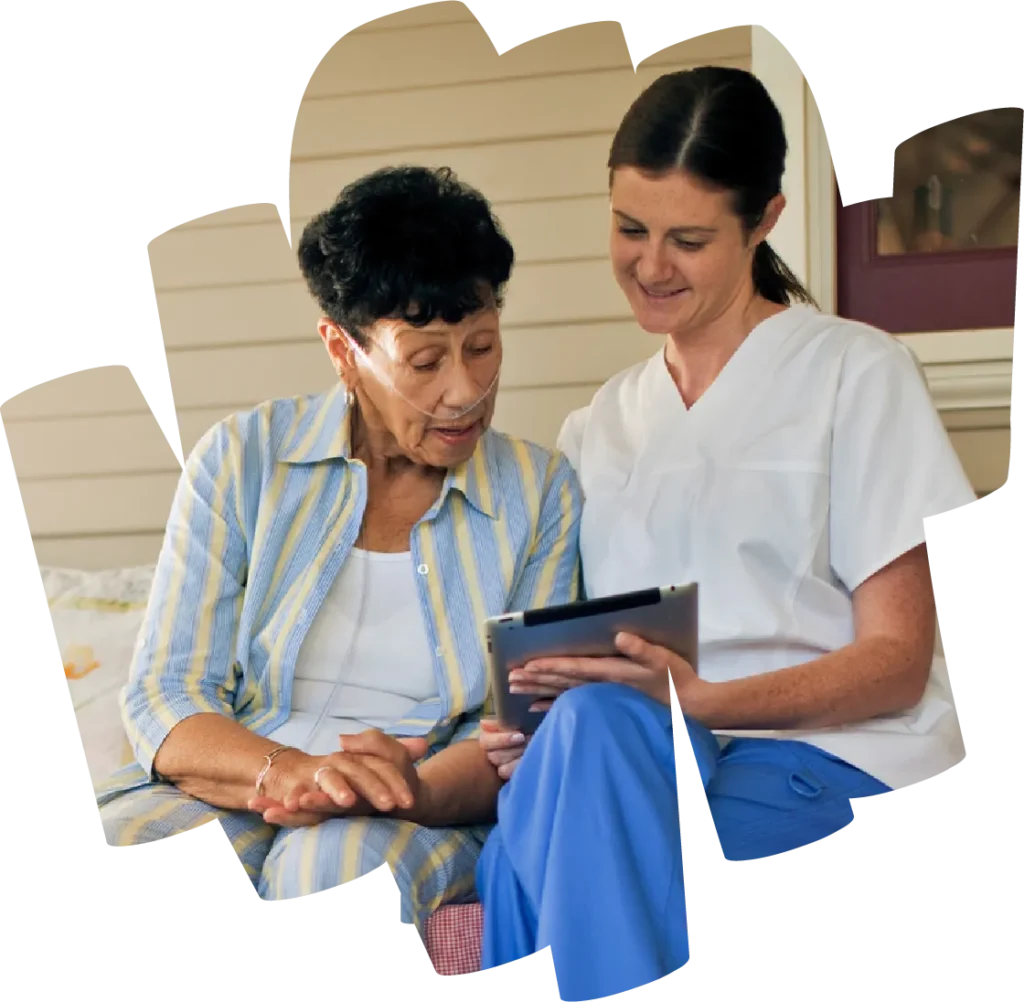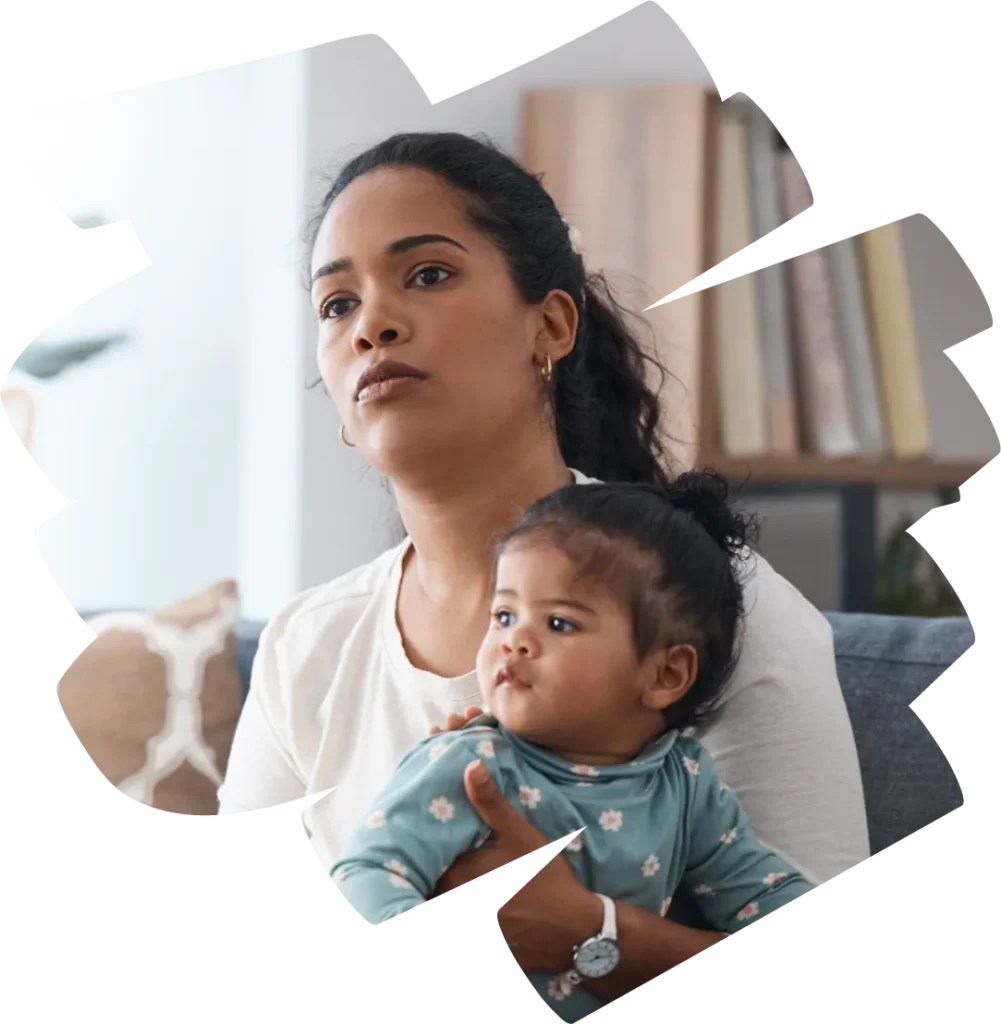When it
happens to you
know what to do.
Every person using medical equipment at home needs to be ready for a power outage.





About
If you’re using medical equipment at home, a power outage can be life-threatening. With more frequent extreme weather, outages may last longer.
Only 7% of people with medical equipment have back-up power, and many mistakenly think they will have their power restored quickly. Even if you’re registered as a Life Support Customer with your power company, you still need a Power Outage Plan.
Having a Plan ensures you’re prepared if the power goes out, while your energy provider works to restore it. Always call 000 in an emergency.
We’re asking you to:
Check
The ‘Power Outage Checklist’– it’s the first step to completing your Plan.
View checklist section
Plan
Ahead with your support people by completing your ‘Power Outage Plan’. Share it with those who you’ll rely on for support in your community.
View plan section
Do
My Power Outage Checklist
Start your thinking here
This Checklist is the first step in planning for a power outage. You don’t need to write anything down; it’s just a list to help you think about what to do. It will guide you in creating a more detailed Power Outage Plan later. Remember, always consult your doctor or a healthcare professional with any health-related questions.
Another way to use this checklist is to download it and tick off each item at your own pace.
The Checklist covers six key areas to think about:
1.
Support people
Talk with people who can help.
Read moreless
- Talk to your doctors, carers, and others who can help during a power outage.
- Let your family, neighbours, and power company know your needs.
- Register as a Life Support Customer with your power company.
2.
Safety essentials
Have everything you need to keep you safe and well.
Read moreless
- Know your medical equipment including how long it can run on back-up power.
- Consider back-up power options e.g. solar batteries, generator.
- Have 3 to 7 days’ supply of medications, food and water, including for pets!
- Keep your car fuelled or charged, especially during severe weather warnings.
3.
Communication
Know how you’ll communicate and receive information.
Read moreless
- Keep your mobile phone charged and have a back-up power source.
- Save important numbers (e.g. neighbours, family) in your phone.
- If the internet and phone lines go down, you might need a battery-powered, or hand-crank radio so you can stay updated on weather conditions and emergency information.
- Talk to people in your local community and broader network about staying in contact during a power outage.
4.
Light
Know how you’ll see in the dark.
Read moreless
-
Keep torches or battery-powered lights and extra batteries
TIP! Remember candles can be a fire risk. - Store lights in an easy-to-find spot.
5.
Comfort
Know how will you stay comfortable.
Read moreless
- Consider how you will stay warm or cool without power (for example, keeping blinds down).
- Have easy access to extra blankets and warm clothing.
- Consider different ways to cook food when the power goes out (like a camp stove).
- Think about what you might need if you had to leave your home and stay somewhere else (e.g. medications, spare batteries).
6.
Surroundings
Keep your surroundings safe (home, property, roads).
Read moreless
- Know any manual overrides for entry and exit to your property (like garage doors and/or property gates and doors).
- Think about evacuation including transportation.
- Think about how you’ll preserve any food you have in your fridge and freezer. Head here for tips.
My Power Outage Plan
Everyone wants you to know what to do in a power outage.
Because having the right conversations today, could save your life tomorrow.
1. Download
Download the Word or PDF file to fill out on your computer or print a hard copy and fill it out by hand.
2. Create your plan
On computer
Once you’ve filled out your plan on your computer, make sure to save the file and email it to others who can help.
By hand
Print the PDF and fill out your plan. Once completed, don’t forget to leave it in an easy-to-find location.
3. Email
You can also email a blank Plan to someone else for them to complete.
Check if you’re entitled to energy concessions, or other payments
The Australian Government and many state governments offer support for people with medical equipment or special health needs. To find out more visit www.energy.gov.au/rebates
Power outages can also stop your tap water
Here's what you can do:
- Talk to your water provider about your medical needs.
- Keep bottles of water at home for washing and drinking.
- Your water provider will warn you about planned outages — but not always about sudden, unplanned ones.
- Know how to contact your water provider (write their number and website in your Power Outage Plan)
Extra help may be available for long outages.
Check with your water provider now to make sure you’re prepared.
For information visit the water 360 website or contact your water provider to learn more.
Stories
What others are saying
Hear stories from people with lived experience and their care teams, who are working together to create tailored Power Outage Plans.
Living with muscular dystrophy, I am so reliant on power to keep me safe.
I use a power wheelchair and electronic bed, hoist, front door and a BiPAP machine to help me breathe. Knowing what to do in a power outage could save my life. I’ll be working on My Power Outage Plan with my support people right away.”
Carolyn
I live with cerebral palsy and some years ago, I experienced five days without power.
While I was in immense pain without power to my medical equipment, I realised that others would be relying on it for every breath. This experience taught me the importance of having a medically informed Power Outage Plan. Being prepared, and knowing what to do, could literally save your life.”
Adam
I care for my wife whose health makes her very reliant on power to stay safe and well.
I can’t stress how important it is to know what to do and to share information with others around you about what you’ll need in a power outage. Having a plan allows you to capture it all in one place and have the right conversations with people.”
Peter
Living with my kidney disease is tough, and dialysis at home is a reality for many.
Knowing what to do in a power outage and having a plan is critical. You need to have an emergency kit ready that’s specific to your needs. My Power Outage Plan helps you to be prepared and think of what you’ll need to stay safe ahead of time. That can help you remain calm when the power goes out; because you’ll know what to do.”
Irene
From my lived experience, I understand the importance of receiving education and CPR training on all life support equipment before being discharged home in case of an emergency.
A well-practised safety plan shared with caregivers, support people and community service providers is vital when there is an unplanned power outage. Training on using backup equipment such as a generator is essential, so people know exactly what to do and feel prepared and empowered when required to act swiftly.”
Jodi (Mum of Cosette)
More information
Where to go for more information
For more information during power outages, contact your local energy supplier or network.
Queensland
New South Wales
Sydney’s Greater West, Blue Mountains, Southern Highlands, the Illawarra and South Coast residents contact Endeavour Energy
Victoria
Southern suburb and Mornington Peninsula residents contact United Energy Distribution
Outer-northern and eastern suburb and eastern Victoria residents contact AusNet Services
South Australia
For most residents in South Australia, contact SA Power Networks 24/7
For people in very remote communities, power may be supplied via your local council or similar agency; check your electricity bill or with someone in your local community if you are not sure.
Tasmania
Western Australia
Northern Territory
For all residents of the Northern Territory, contact Power and Water Corporation
Tune your radio to find out more
1. Search
Visit reception.abc.net.au to find your local radio frequency.
2. Write it down
Write it down, e.g. ABC Pilbara 603 AM — and stick it to the battery-powered radio in your emergency survival kit.
3. Tune to your car
You can also tune the frequency to one of your car radio preset stations.
Visit 'how to listen to abc radio in an emergency' for instructions.
Share
Join the conversation!
Help others to be prepared in an unplanned power outage.
Share on social media using these hashtags
#PowerOutagePlan
#CheckPlanDo
#KnowWhatToDo
Share
Supporters
Proudly supported by the Australian Medical Association

The Consumer Health Forum of Australia supports power outage planning for safety and wellbeing, especially for those using medical equipment in the home.
The Royal Australian College of General Practitioners has provided advice and feedback on the Life Support Power Outage Plan to help general practitioners (GPs) provide their patients with healthcare which meets the needs of their unique circumstances.
This initiative is supported by the Energy Charter and was co-developed in consultation with: the Life Support in the Home Lived Experience Panel; our Community Outcomes Group (made up of health and customer representatives); and energy businesses through the #BetterTogether Life Support Customer initiative. See the list of organisations involved here.
The Energy Charter brings community and consumer representatives together with energy businesses to help put people at the centre of the energy system.
Thank you to the Community Outcomes Group including: Consumers Health Forum of Australia; Energy and Water Ombudsman Queensland; Justice and Equity Centre; Life Support Medical Advisory Group (represented by the Australian Medical Association); and WA Dept of Energy, Department of Energy, Environment.
Thank you also to the Energy Industry Collaborators, led by Essential Energy and SA Power Networks in collaboration with ActewAGL, Australian Gas and Infrastructure Group, AusNet Services, Aurora Energy, Endeavour Energy, Energy Queensland (including Energex, Ergon Energy Network, Ergon Energy Retail + Yurika) and TasNetworks.
